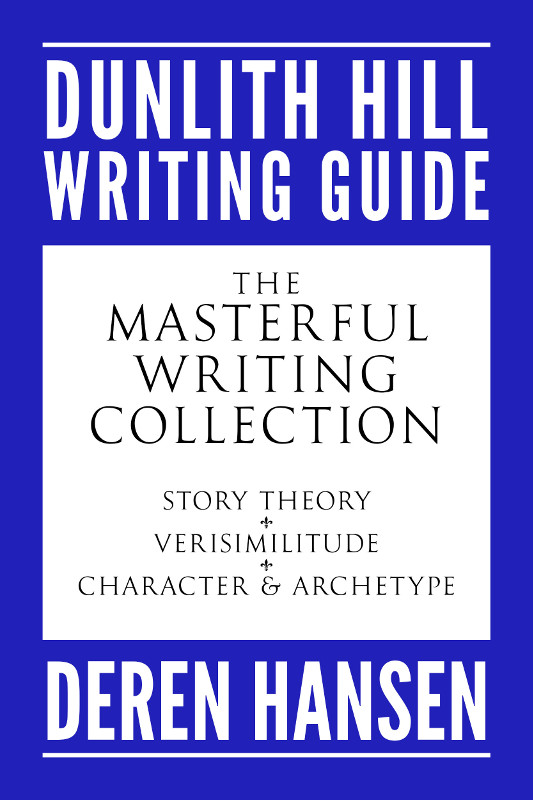
Description
In order to master the craft of writing and the art of storytelling you must internalize the rhythms of the human experience and the ways we share that experience. There are deep and consistent patterns in the ways we tell stories, weave narrative illusions, and develop fascinating characters.
This collection includes three Dunlith Hill Writing Guides:
Story Theory: How to Write Like J.R.R. Tolkien in Three Easy Steps
Verisimilitude: How Illusions, Confidence Games, and Skillful Lying can Improve Your Fiction
Character and Archetype: How to Make Readers Fall in Love with your Imaginary Friends
When you understand and apply the simple but powerful patterns taught in these guides, you will be well on your way to becoming a masterful writer.
Purchase
Story Theory
1: Why do We Tell Stories? |
||
2: Stories are Models |
||
3: Models vs. Formulas |
||
4: Three is a Magic Number |
||
5: Complex Stories are Fractal |
||
6: Story Drivers |
||
7: Conflict |
||
8: The Art of the Long Form |
||
9: Editing and Revising |
||
Appendix: Overused Words to Scrutinize |
Verisimilitude
1: The Appearance of Truth |
||
2: A Readers’ Bill of Rights |
||
3: Engaging Readers |
||
4: Creating the Illusion |
||
5: Competent Wordsmithing |
||
6: Conflict That Rings True |
||
7: Make Sure the Numbers Add Up |
||
8: Getting Things Right |
||
9: Preparation and Writing Intentionally |
||
Appendix: Story Development Tools |
Character and Archetype
1: Strength of Character |
||
2: Natural Characterization |
||
3: Character Dynamics |
||
4: The Hero’s Journey |
||
5: The Virgin’s Promise |
||
6: Romance |
||
7: The Grand Unification of Plot and Character |
About the Author
Deren Hansen
Trained as an anthropologist, engineer, and historian, Deren Hansen brings a unique structural perspective to the conversation about writing and the writing life.





